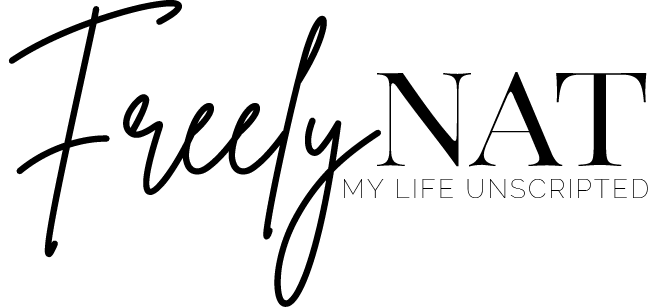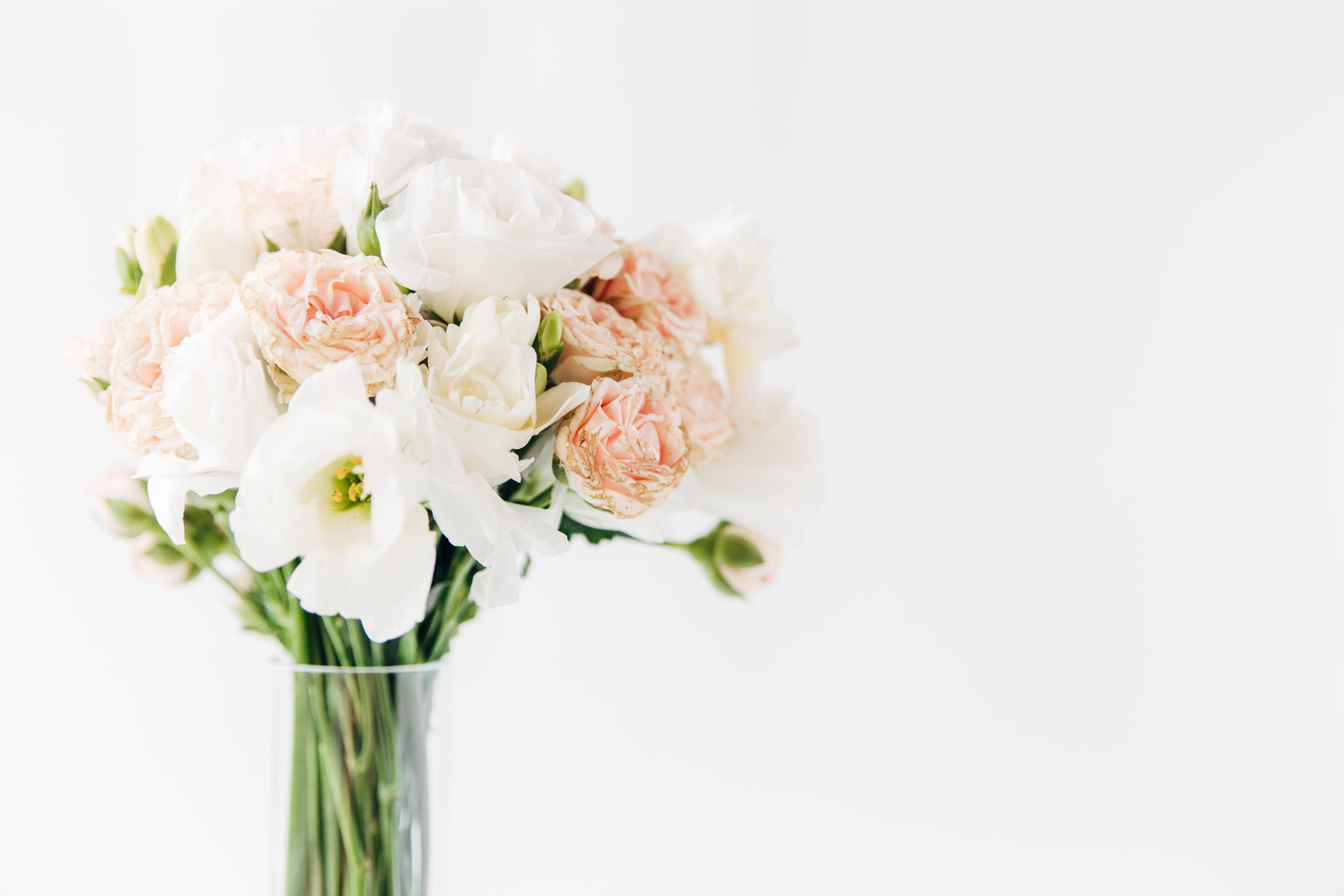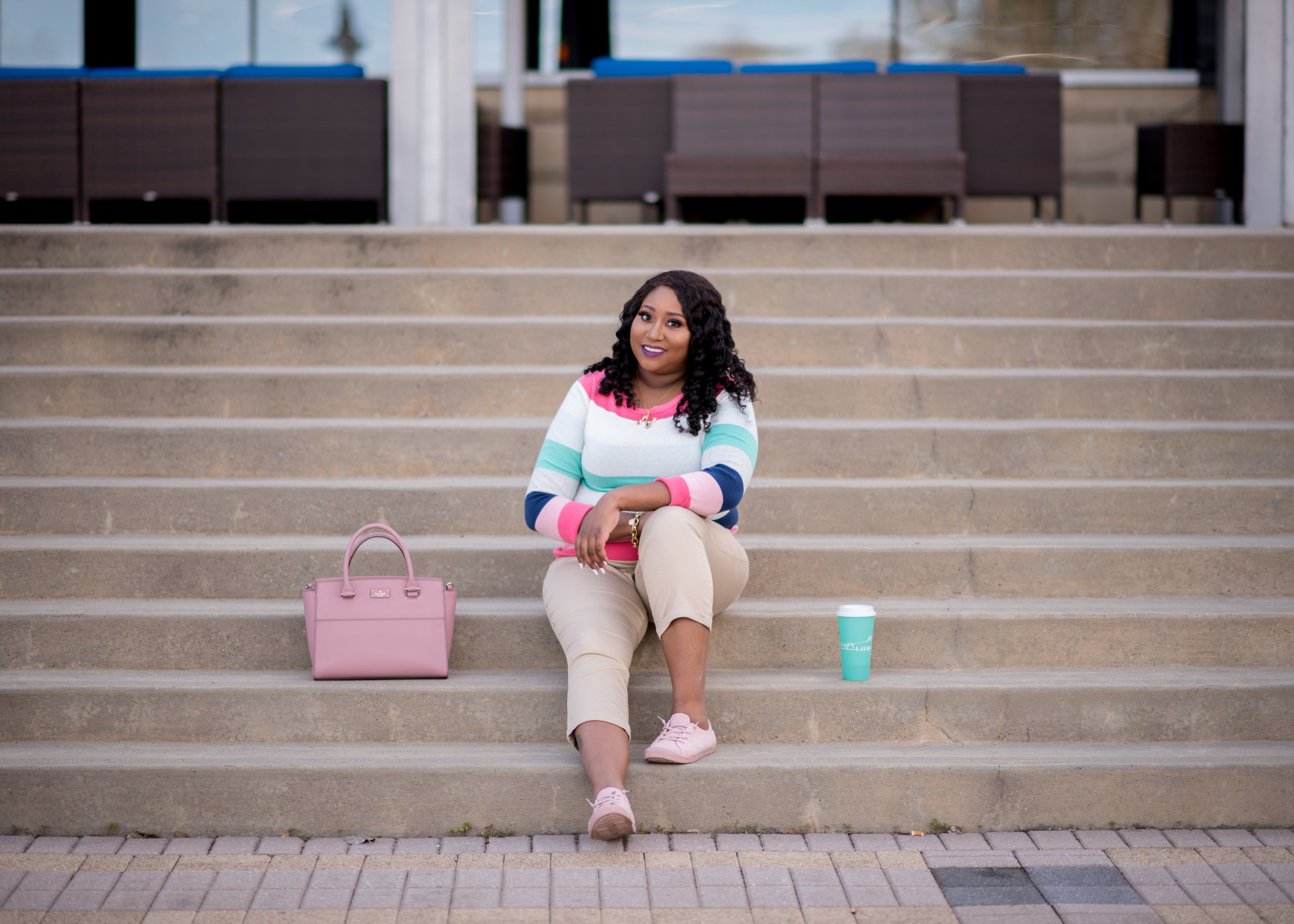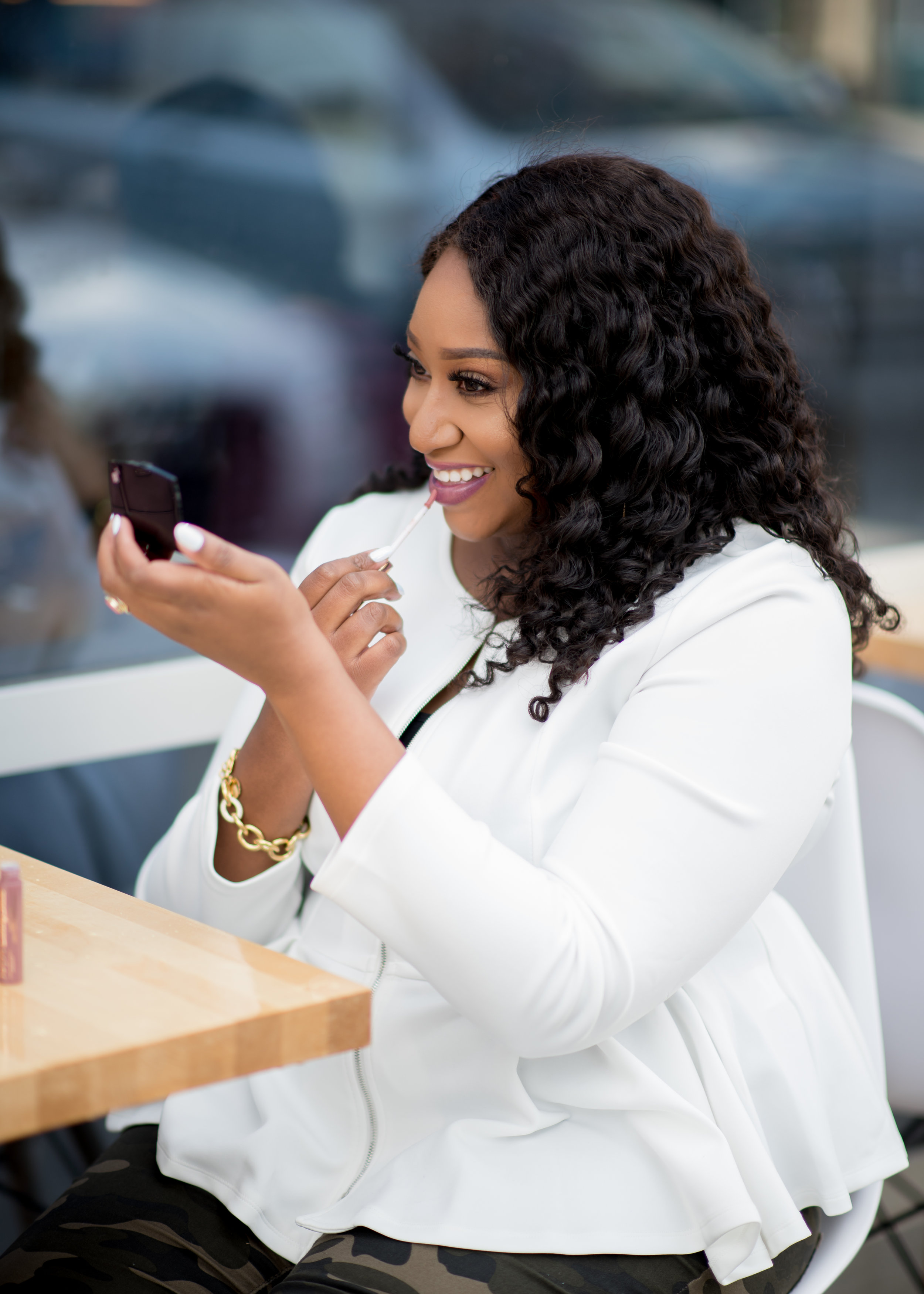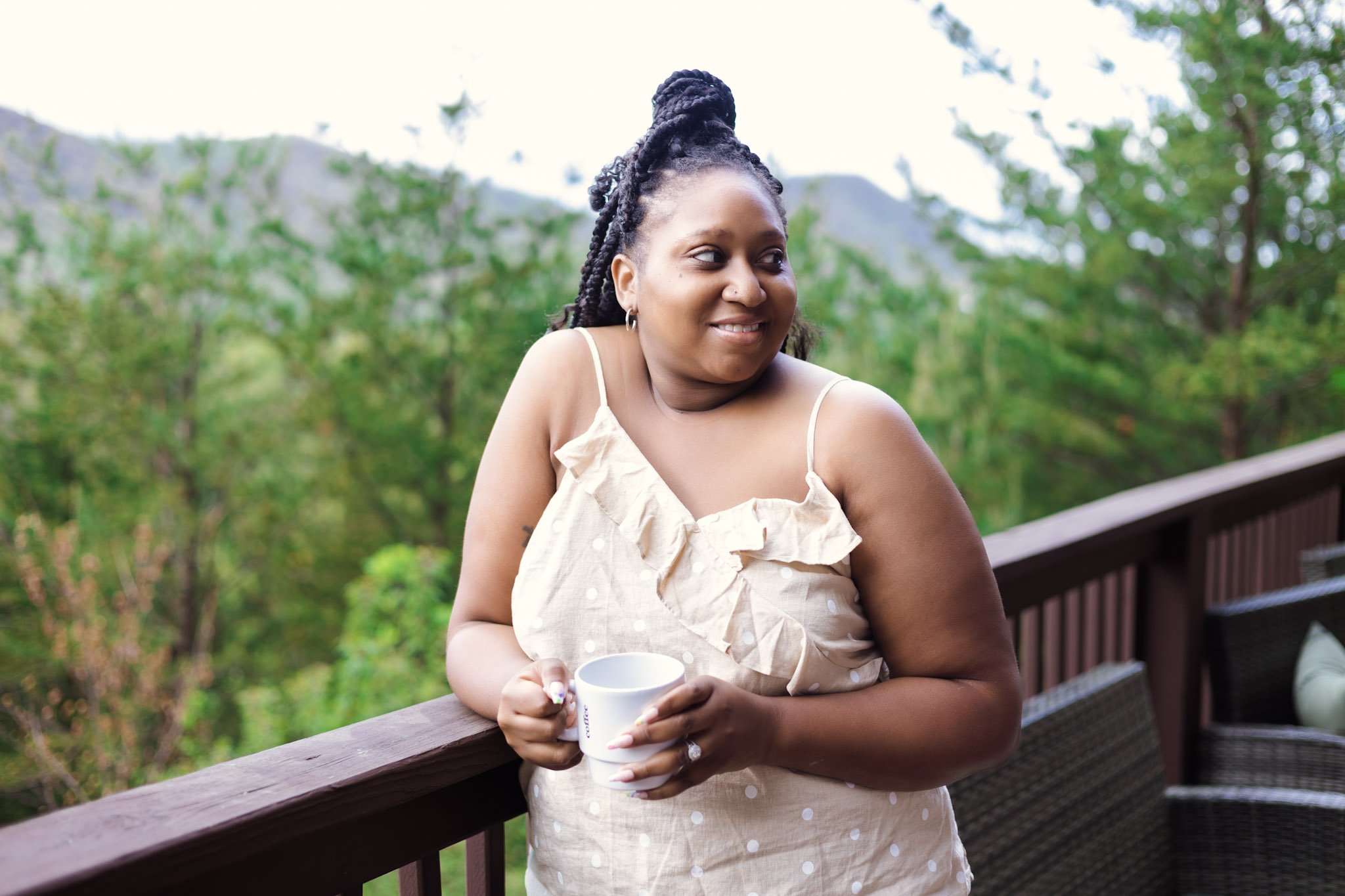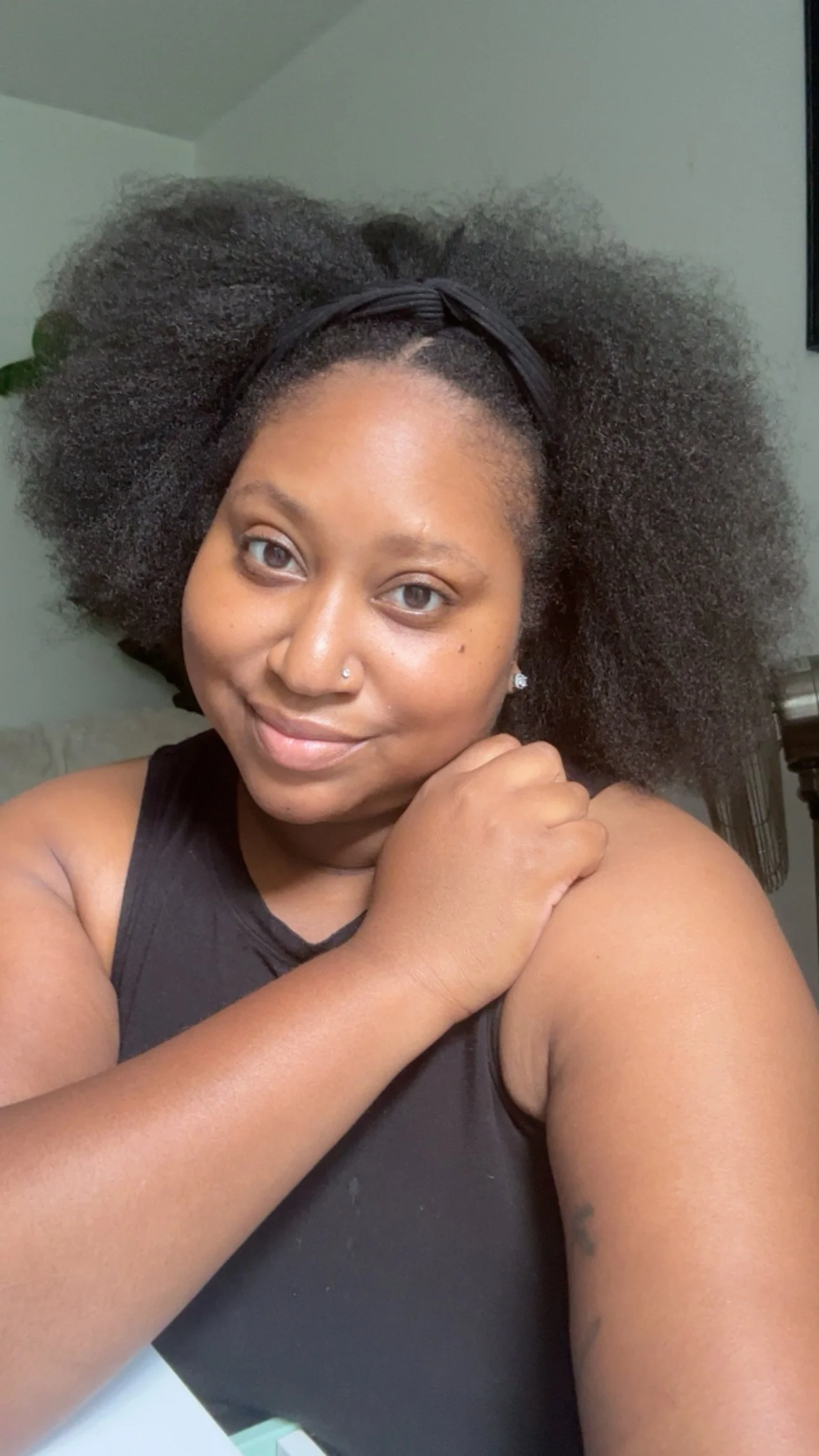Protective Hairstyles: A Shield for Your Strands
/For women, especially women of color your hair is EVERYTHING. There are so many thoughts and feelings surrounding our hair that it’s important for us to have to go to styles such as protective styles. In the world of hair care, protective hairstyles have emerged as a popular and effective way to maintain healthy, strong hair while minimizing damage and breakage. These styles offer a shield for your strands, safeguarding them from the harsh elements, excessive manipulation, and daily wear and tear. In this blog post, I’ll share some of my favorite styles while exploring their benefits and how to incorporate them into your hair care routine.
The Benefits of Protective Hairstyles
Protective hairstyles offer a multitude of benefits for your hair, including:
Reduced Breakage: By tucking away your ends and minimizing manipulation, protective styles help prevent breakage and split ends, promoting hair growth.
Moisture Retention: Many protective styles, like braids and twists, help to lock in moisture, keeping your hair hydrated and healthy.
Length Retention: With less breakage and better moisture retention, your hair has a greater chance of retaining length over time.
Versatility: Protective hairstyles come in a wide variety of styles, from braids and twists to buns and updos, offering endless options for self-expression.
Popular Protective Hairstyles
Braids: Braids are a classic protective style that can be worn in countless ways. From box braids to cornrows to Senegalese twists, braids offer versatility and style.
Twists: Twists are another popular protective style that involves twisting two strands of hair together. They can be styled in various ways, from flat twists to Marley twists to Havana twists.
Buns and Updos: Buns and updos are simple yet elegant protective styles that can be dressed up or down. They are perfect for protecting your hair while maintaining a polished look.
Wigs and Weaves: Wigs and weaves offer a great way to protect your natural hair while experimenting with different styles and textures.
Tips for Maintaining Protective Hairstyles
Keep Your Scalp Clean: While protective styles offer many benefits, it's important to keep your scalp clean and healthy. Use a gentle cleanser and avoid scratching or irritating your scalp.
Moisturize Regularly: Even though your hair is tucked away, it still needs moisture. Use a lightweight oil or leave-in conditioner to keep your hair hydrated.
Avoid Tight Styles: While protective styles should be secure, they shouldn't be too tight. Tight styles can cause scalp tension and breakage.
Take Breaks: It's important to give your hair a break from protective styles every few weeks. This allows your hair to breathe and your scalp to rest.
Protective hairstyles are a valuable tool for maintaining healthy, strong hair. Using protective styles helped not only me to grow my hair but also my daughters. The less manipulation, the better.
By incorporating these styles into your hair care routine, you can minimize damage, promote growth, and achieve your hair goals. Remember to choose styles that suit your lifestyle and preferences, and always prioritize the health of your hair and scalp. With proper care and maintenance, protective hairstyles can help you achieve the beautiful, healthy hair you've always dreamed of.
